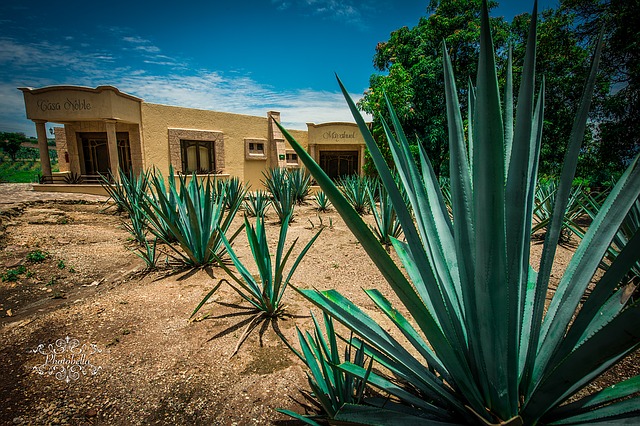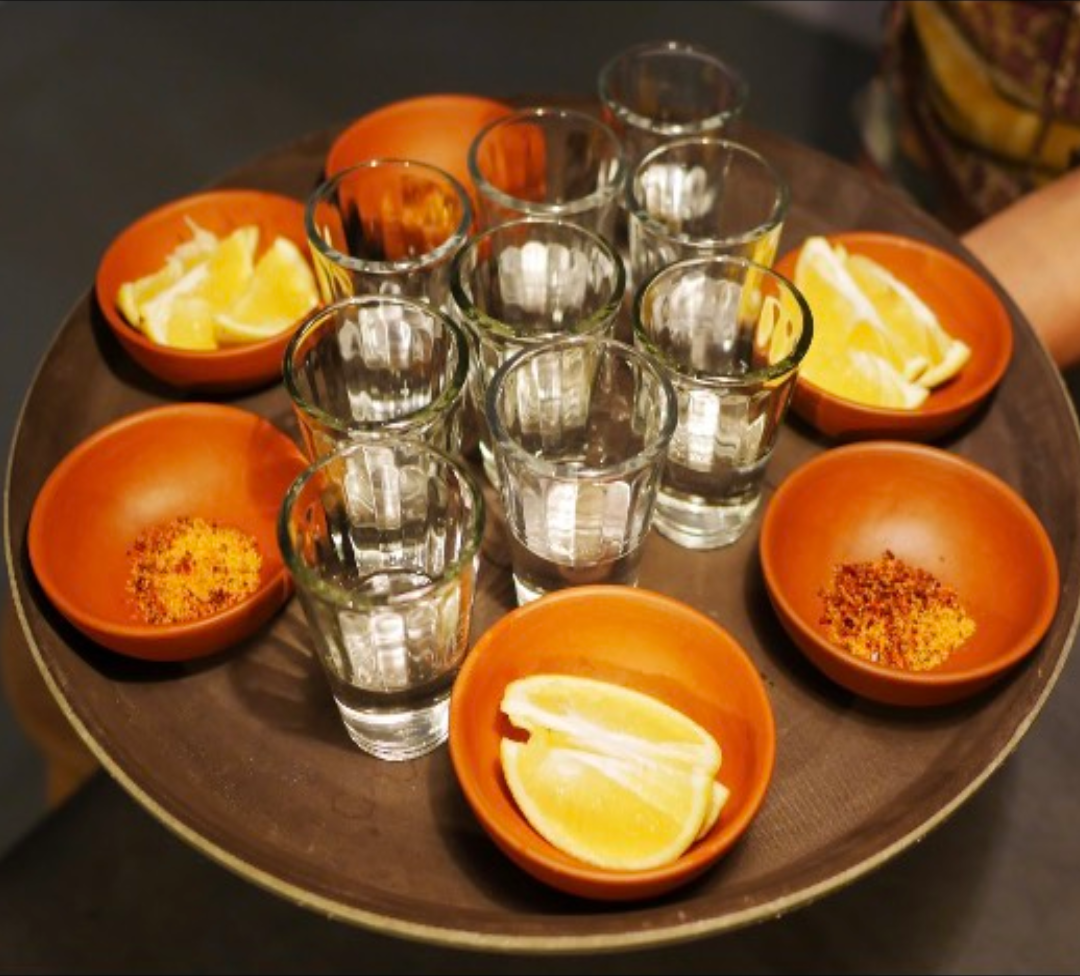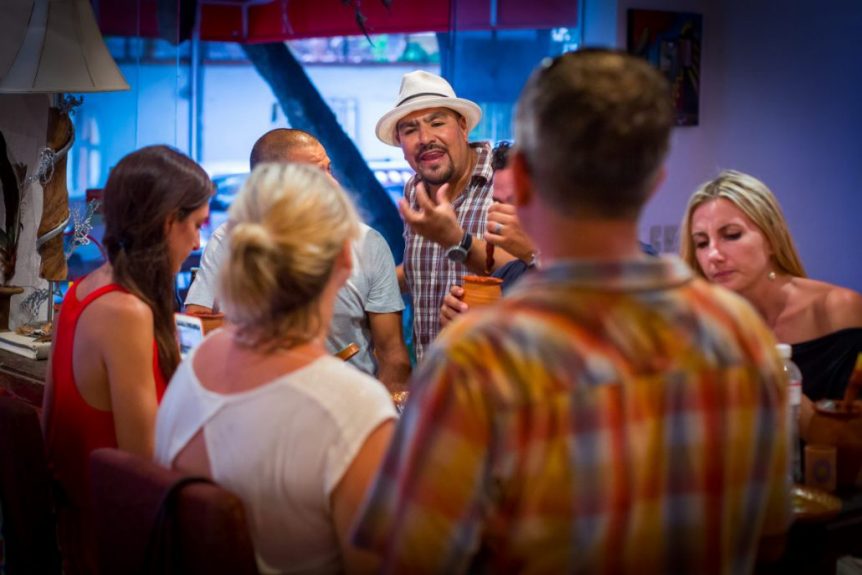Tequila is one of Mexico’s top exports but what many people don’t know is that Tequila is as diverse and complex as any wine, whiskey, or bourbon. Here’s what you need to know before you order your next shot or margarita.

True Tequila Can Only Be Grown In Mexico’s Designated Growing Regions
Just like Champagne must be grown in the designated Champagne growing regions of France, Tequila must be made from blue agave grown in one of the four designated growing regions in Mexico. Approximately 80 percent of designated blue agave is found in the state of Jalisco, in and around the city of Tequila. However, Nayarit, Michoacán, and Guanajuato also have small growing regions. This means you can find locally grow and distilled brands right here in San Miguel de Allende.

You Can Taste The Difference
Not all tequila tastes the same and this goes beyond the additives like fruit flavors. Just as with many other liquors there are different classifications of tequila and different distillation and maturation processes. The primary categories are:
- Blanco and Sliver which is bottled shortly after distillation. This is the most common type for margaritas, mixed drinks, and flavored tequila.
- Reposado is aged in oak for 2 to 12 months elevating its flavor profile. Just like with wine allow it to aerate before sipping, but feel free to mix.
- Añejo and extra-añejo are aged in oak for 12 or more months. They have a rich flavor profile and are designed for sipping.
Tequila’s Close Cousins
Mezcal and raicilla are also native to Mexico and are sometimes confused with Tequila. Just like sparkling wine is not Champagne, Mezcal and raicilla are not Tequila—but close cousins. While you may see an agave plant on the label they are either made with blue agave from outside of the designated growing regions, or from a blend of one of the over 25 varieties of agave. Where they really differ is in the distillation process and flavor profile. Mezcal, for example, has a smoky profile and can be distilled up to 110 proof. A fun fact: the worm you sometimes find in the bottle of tequila, which is actually a moth larva that grows on agave, originated in Mezcal as a marketing ploy.

tequila , lime and salt , macro shot , focus on foreground
Tequila Tasting In San Miguel de Allende
To really understand the difference between the different classifications of Tequila, we suggest taking our Tacos and Tequilas Tour. This will introduce you to a balanced mix of local cuisine and the best Tequila in town!
Last but not least, Tequila is a perfect souvenir but it can’t be shipped home without proper licensing. Not to worry as you can check it in your luggage and fly it home or buy some at the airport from the Duty-Free shop. And if Tequila is not your thing there are plenty of regional wineries in the San Miguel area!

